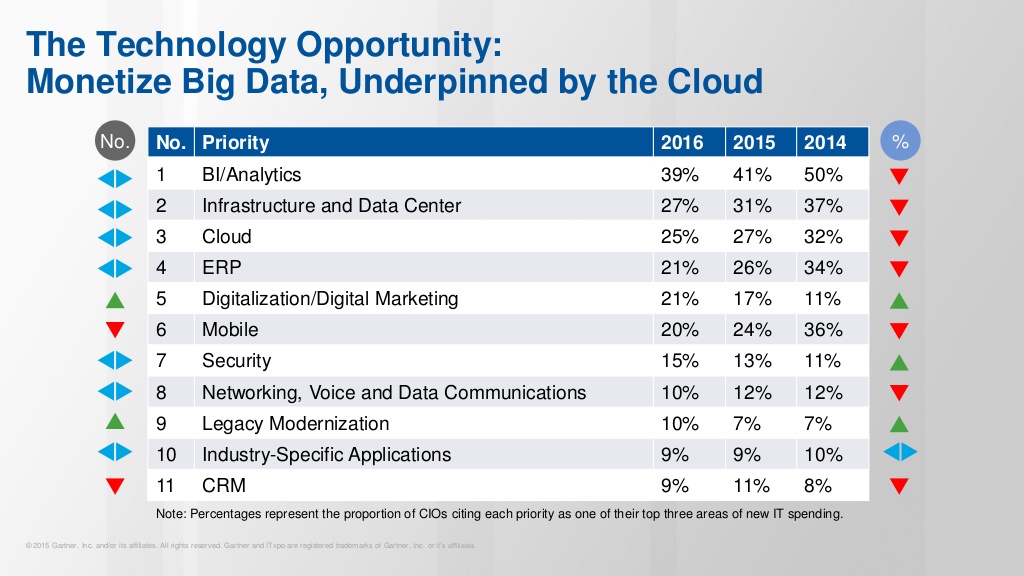I was watching BBC News last night and several, seemingly unrelated, stories were presented in the manner of mainstream news today – with heavy reliance on the soundbite:
- “Immigration in the UK is causing a drain on the country’s resources.”
- “Immigration is being used by unscrupulous employers to drive wages down.”
- “Forecasters are predicting lower living standards driven in part by higher inflation, particularly from food prices.”
- “The National Health Service is a humanitarian disaster caused mainly by lack of funding.”
Each of us can jump on whichever of these causes resonates most with us. That’s linear thinking which we can amplify through social media.
[Note to reader: this is a legacy modernization blog, you are in the right place, please bear with me.]
Of course, we live in a complex, non-linear world and it is beneficial (but much harder) to look for cause and effect and the interrelation between what may seem to be unrelated issues. For example, knowledge of the UK farming sector reveals that:
- Farmers are under extreme price pressure within the food supply chain.
- Government subsidies are required to ensure their survival (which is public money spent).
- Regardless, farmers can only pay very low wages and are reliant on immigrant workers as many British workers will not work at those wage levels. This drives the welfare bill up to some degree.
- Whether through farming subsidies or higher welfare costs, this reduces available funds for other public sector services such as the NHS.
- If subsidies were removed from the food supply chain, prices would have to increase dramatically; wages could rise which might encourage more British workers back to the sector, reducing welfare costs and the need for immigrant workers, thereby, reducing the burden on the NHS.
This is not meant to be a political statement and I’m sure it’s politically naive but take it as a basic attempt to link seemingly unrelated issues. It’s simplistic but, hopefully, illustrative.
Back to legacy modernization and why I’m writing this post. This jumped out at me: Health IT Spending Rises for Patient Satisfaction, Big Data. Within the article the comment that “No longer are legacy systems the only major focus for hospital tech investment. According to the survey, maintaining compliance and improving patient satisfaction are major motivators behind health IT spending increases.”
As if these issues are unrelated. If the changes demanded by compliance are difficult to incorporate within a legacy system then the legacy system is going to inhibit the ability to remain compliant. Equally, as a patient, I’m going to be dissatisfied if my personal data is compromised by the Healthcare provider. As we’ve discussed previously, data breaches within healthcare are directly related to the use of outdated legacy systems.
In turn this reminded me of one of the first posts on this blog. The 2015 CIO Technology Priorities as surveyed by Gartner which [similarly] viewed the priorities in a linear way. Within that post we detailed how, in fact, legacy modernization potentially impacted each of the other priorities even though it was called out separately.
Out of interest, I looked up the 2016 CIO priorities.

While it’s nice to see “legacy modernization” climb in importance in 2016, it doubtless impacts most, if not all, of the other priorities. Here’s a good blog past that talks to the ways in which legacy systems are inhibiting Digital Transformation: 3 Ways Legacy Systems are Holding Back Digital Transformation.
The world is complex, our businesses are complex. Looking for soundbite solutions is likely to leave the underlying problem unresolved. Oh, and this complexity is increasing exponentially – at least in the technology world. Sermon over. Happy New Year! As ever, leave us a comment if you want to drive the direction of our content.


